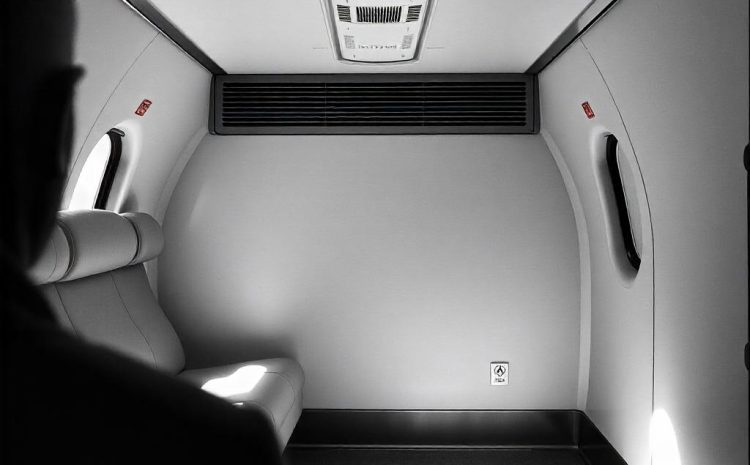
Commercial Space Travel Be Affordable
Commercial space travel has rapidly evolved from a futuristic concept to an emerging industry, with companies like SpaceX, Blue Origin, and Virgin Galactic paving the way for civilian space exploration. As space tourism grows in prominence, the big question remains: Can commercial space travel ever become affordable?
While currently a luxury experience reserved for the wealthiest individuals, several factors indicate that space travel could become more accessible in the future. To understand this, let’s explore the key factors driving the affordability of space travel.
1. Technological Advancements
The rapid advancement of space technology is one of the most critical factors that will drive down the cost of commercial space travel. Over the past few decades, the development of reusable rocket technology has significantly lowered the cost of launching spacecraft. Companies like SpaceX have successfully landed and reused rockets, which drastically reduces the cost of manufacturing and launching new spacecraft.
Reusability is key to making space travel more affordable. By reusing rockets multiple times, space tourism companies can avoid the high costs associated with building new rockets for each trip. As technology improves and reusability becomes more refined, the cost of each mission is expected to decrease.
2. Increased Competition in the Market
As more companies enter the space tourism market, the competition will likely drive down prices. Companies such as Blue Origin, SpaceX, and Virgin Galactic are vying for a piece of the commercial space travel pie. Increased competition fosters innovation and encourages companies to find cost-effective ways to offer their services.
As the market expands, it’s possible that price wars could make space travel more affordable for the general public. The growing number of space tourists could also lead to economies of scale, further reducing the cost per ticket. If more players enter the market, the price for space travel could drop considerably, making it more accessible to a larger audience.
3. Scaling Up Space Tourism
One of the biggest factors in reducing costs is the number of passengers on each flight. In its current stage, space tourism services are limited to small groups of passengers—sometimes as few as six. As space travel evolves, there is potential for larger spacecraft to accommodate more passengers, which would lower the price per person.
Additionally, as demand increases, companies can expand their infrastructure and spaceports, which would help further reduce costs. Economies of scale come into play when a higher volume of customers can be served without significantly increasing operating costs. If space tourism becomes a more common experience, the cost of each trip could drop as services become more efficient.
4. Government and Private Investment
Both government funding and private investment are essential for the development of commercial space travel. Government agencies, such as NASA, have historically funded space exploration, and this financial support has led to advances in space technology that benefit the private sector.
Affiliate Insurance Itinerary Plan – Your All-Inclusive Travel Plan:
In recent years, however, private investors have become more involved in the space industry, as seen with the rise of billionaire-backed companies like SpaceX and Blue Origin. The influx of private capital into the industry accelerates the development of space technologies and infrastructure, which can ultimately lead to reduced costs. As more investors become interested in the space tourism industry, the increased funding could lower the barrier to entry for smaller companies and contribute to a reduction in ticket prices.
5. Improved Spacecraft Design
The cost of building spacecraft remains a major hurdle in making space travel affordable. Currently, spacecraft are highly specialized and expensive to design and construct. However, advancements in materials science, engineering, and automation are gradually making spacecraft design more cost-effective.
Future spacecraft may be designed to be more modular and mass-producible, which would significantly reduce construction costs. Additionally, as companies innovate to make spacecraft safer, more efficient, and easier to operate, the cost of manufacturing and maintaining these vehicles will decrease.
6. Space Hotels and Ongoing Space Exploration
The concept of space hotels and extended space vacations also plays a role in the long-term affordability of space travel. As companies develop more advanced space habitats and stations, space tourism could evolve beyond suborbital flights to include multi-day stays in space. These prolonged stays could help drive down the overall cost of space travel by spreading the cost of operations over longer periods and larger groups of passengers.
Additionally, as more nations and private companies invest in space exploration, the infrastructure needed for sustainable space travel—such as refueling stations, launch platforms, and spaceports—could be developed to serve both tourism and scientific missions. The convergence of tourism and exploration will lead to more cost-efficient space travel solutions.
7. Public Interest and Government Regulation
As space travel becomes more common, it will also likely attract greater public interest and support. This could prompt governments to develop regulations that encourage competition and innovation while ensuring safety standards are met. Government involvement could also provide subsidies or tax incentives for companies to reduce the cost of space travel for the public.
Regulatory frameworks and standards set by international space organizations will also help streamline operations, making commercial space travel more predictable and safer, further lowering costs for both operators and customers.
8. Public Perception and Changing Market Demand
As the market for space tourism grows and more individuals experience space travel, demand for trips may increase, ultimately lowering prices. Additionally, as the “wow factor” of space travel diminishes, more people may be willing to participate at a lower price point.
Public perception will evolve as technology becomes more commonplace, making space travel seem less extraordinary and more attainable. As the industry matures, it’s likely that space tourism will shift from an elite experience to one that appeals to the masses, making it a viable option for a broader range of customers.

